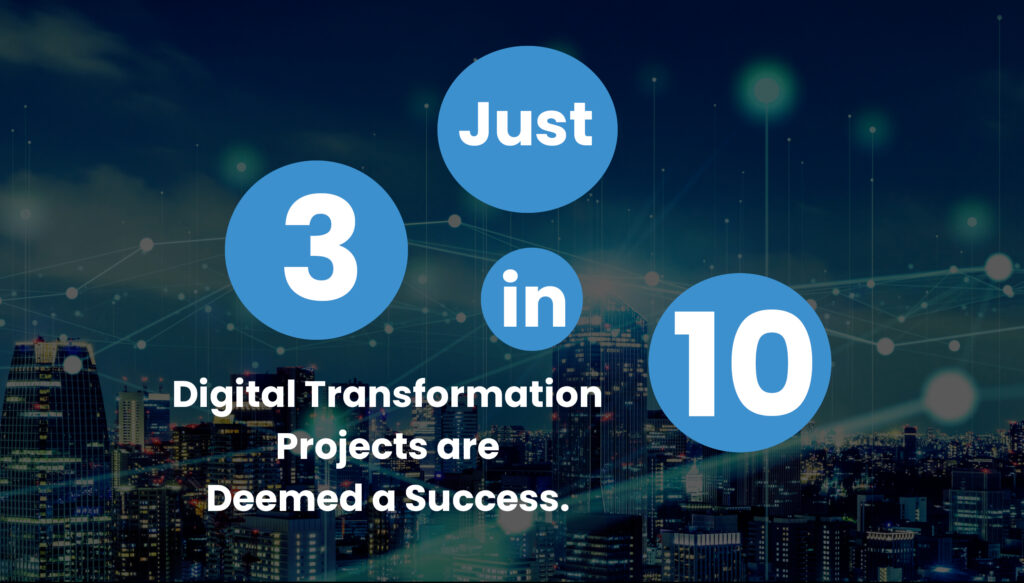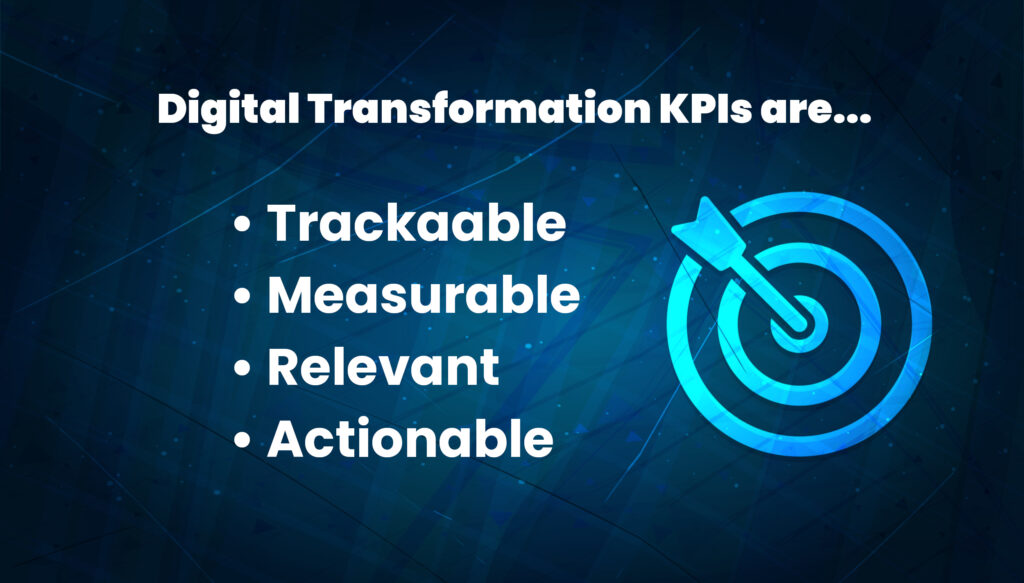Just three in ten Digital Transformation projects are ultimately considered a success, with the new technology meeting the set KPIs and ROI goals. That’s a 70% failure rate — a metric that is sure to make virtually every business leader’s blood run cold. That said, the right Digital Transformation strategy can go a long way toward maximizing both your ROI and your overall chances of success. The latter may be measured in terms of client base growth, increased sales figures or other factors.
Developing Software and Business Requirements Documents
 Software requirements documents (SRDs) and business requirements documents (BRDs) provide comprehensive, in-depth outlines that serve as the foundation for a Digital Transformation development project. Simply compiling these documents requires a significant amount of analysis, which can bring clarity and insight into the organization’s technology, processes, and overall needs.
Software requirements documents (SRDs) and business requirements documents (BRDs) provide comprehensive, in-depth outlines that serve as the foundation for a Digital Transformation development project. Simply compiling these documents requires a significant amount of analysis, which can bring clarity and insight into the organization’s technology, processes, and overall needs.
While SRDs offer a more technical approach, the BRD focuses more on the business, users, and the organization’s Digital Transformation needs. This completed documentation can help surface insights that organizations can leverage to update a broader strategic plan.
As the core of your Digital Transformation strategy, these documents will provide a roadmap of sorts for your development partner and your company’s leadership. You can expect to explore the following components as you develop business and software requirements documents for your Digital Transformation project.
-
-
- An overview of the organization’s challenges; specifically, those that served as the impetus for the Digital Transformation development project. This is key to creating a successful problem → solution Digital Transformation strategy.
- An outline of the exact technology that will be implemented and precisely how that technology will be deployed.
- Information on the integrations that will be required between your new technology and existing software and systems.
- Information about the different types of users, their challenges, their objectives and precisely how they will interact with the platform.
- A plan for user testing and user training so as to maximize ROI and user adoption rates.
- An overview of the KPIs that will be used to gauge success.
-
Comprehensive SRDs and BRDs tend to be rather lengthy. While it may take some time to fully complete them, it is wise to invest the time filling out these documents since they will serve as the foundation for your project. They’re also a central component of a successful Digital Transformation strategy.
Notably, you can also leverage business use cases to develop a more robust Digital Transformation strategy. Learning about how other companies are using new and emerging technologies such as artificial intelligence (AI) and machine learning can bring exciting new insights to the table.
Determining KPIs for a Digital Transformation Project
Within the nebulous term “Digital Transformation, many companies also launch development projects that deploy multiple technologies and “solutions.” So how can you tell if your Digital Transformation is successful? Enter: KPIs. Measurable and quantifiable traits that can be used to evaluate a development project. ROI is a central component of a project’s KPIs, but there are many others that ought to be considered, including the following.
-
-
-
- Productivity indicators;
- Efficiency levels;
- User adoption rates;
- Conversion rates;
- Lead and sales figures; and
- Number of customers, users and/or members.
-
-
Digital Transformation KPIs will vary dramatically depending upon the industry and the nature of the development project. That said, all good key performance indicators are:
-
-
-
- Measurable;
- Trackable;
- Relevant; and
- Actionable.
-
-
 The latter trait — actionability — comes into play if a project falls short. A good Digital Transformation strategy includes a contingency plan of sorts, like a decision tree with information on how to address a particular issue in support of an organization’s KPIs.
The latter trait — actionability — comes into play if a project falls short. A good Digital Transformation strategy includes a contingency plan of sorts, like a decision tree with information on how to address a particular issue in support of an organization’s KPIs.
Reevaluation of a Digital Transformation Development Project
A Digital Transformation strategy must include a plan for periodic project reevaluation. This is critical for maintaining a strong ROI in the long term, while simultaneously ensuring that your organization is getting the most out of your new technology. These reevaluation sessions also offer an opportunity to discuss updates, platform maintenance, and the development of new technology that will complement the first portion of your Digital Transformation development project.
A reevaluation session should include company leadership, representatives of the different user groups that are interacting with the software on a regular basis and your Digital Transformation development partner. The frequency of these meetings will vary according to your needs, but generally, you can expect to meet weekly, then monthly and ultimately, every 60 or 90 days.
Generating a Strong ROI With Digital Transformation Business Cases
Even the best technology — developed by the best Digital Transformation company — won’t bring about a high ROI if you fail to create a well-thought-out Digital Transformation strategy. But a reputable development partner like 7T will have the experience and insights to guide you through the process of developing a BRD, SRD and overall strategy for your Digital Transformation project.
At 7T, we have a variety of Digital Transformation business cases available to prospective clients, with information and insights into how each project generated a strong ROI and brought other significant benefits to the client. The business use cases that comprise our client successes not only instill a sense of confidence, but they also provide examples of how different technologies can be utilized to an organization’s advantage. This is especially true for newer, more novel tech such as AI where a business leader may know that they want to leverage AI, but they’re unsure of exactly how to put it to work for their organization.
The Digital Transformation development team here at 7T is guided by the approach of “Digital Transformation Driven by Business Strategy.” As such, the 7T development team works with company leaders who are seeking to solve problems and drive ROI through Digital Transformation and innovative business solutions such as multimodal machine learning-powered AI implementations.
7T has offices in Dallas, Houston and Charlotte, but our clientele spans the globe. If you’re ready to learn more about AI development solutions, contact 7T today.








